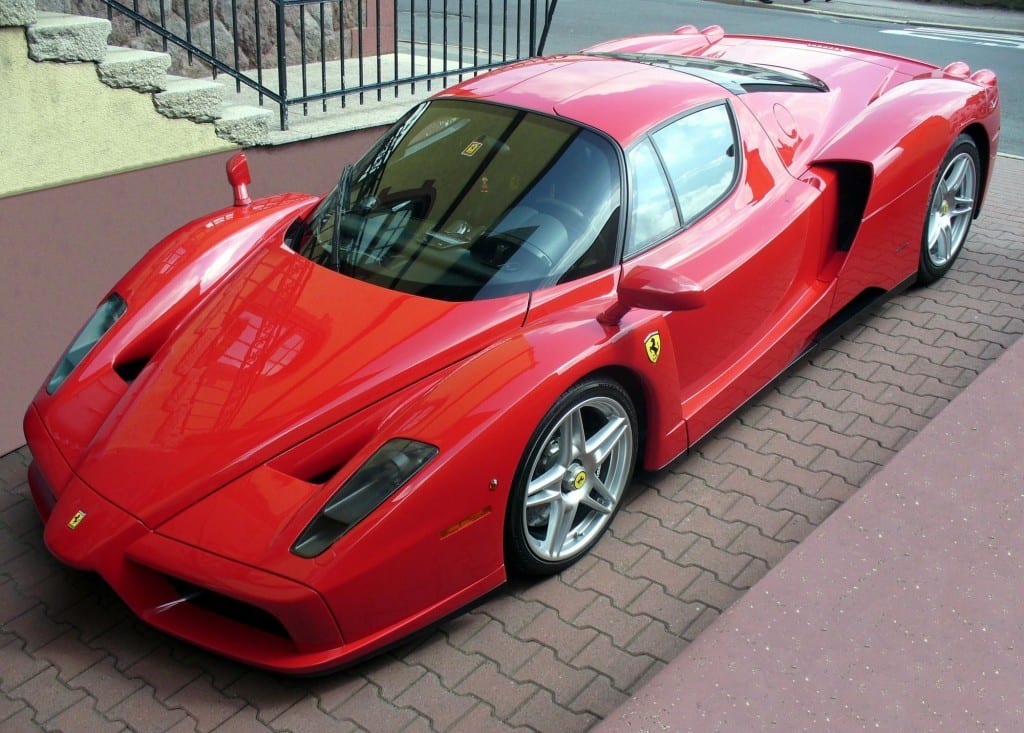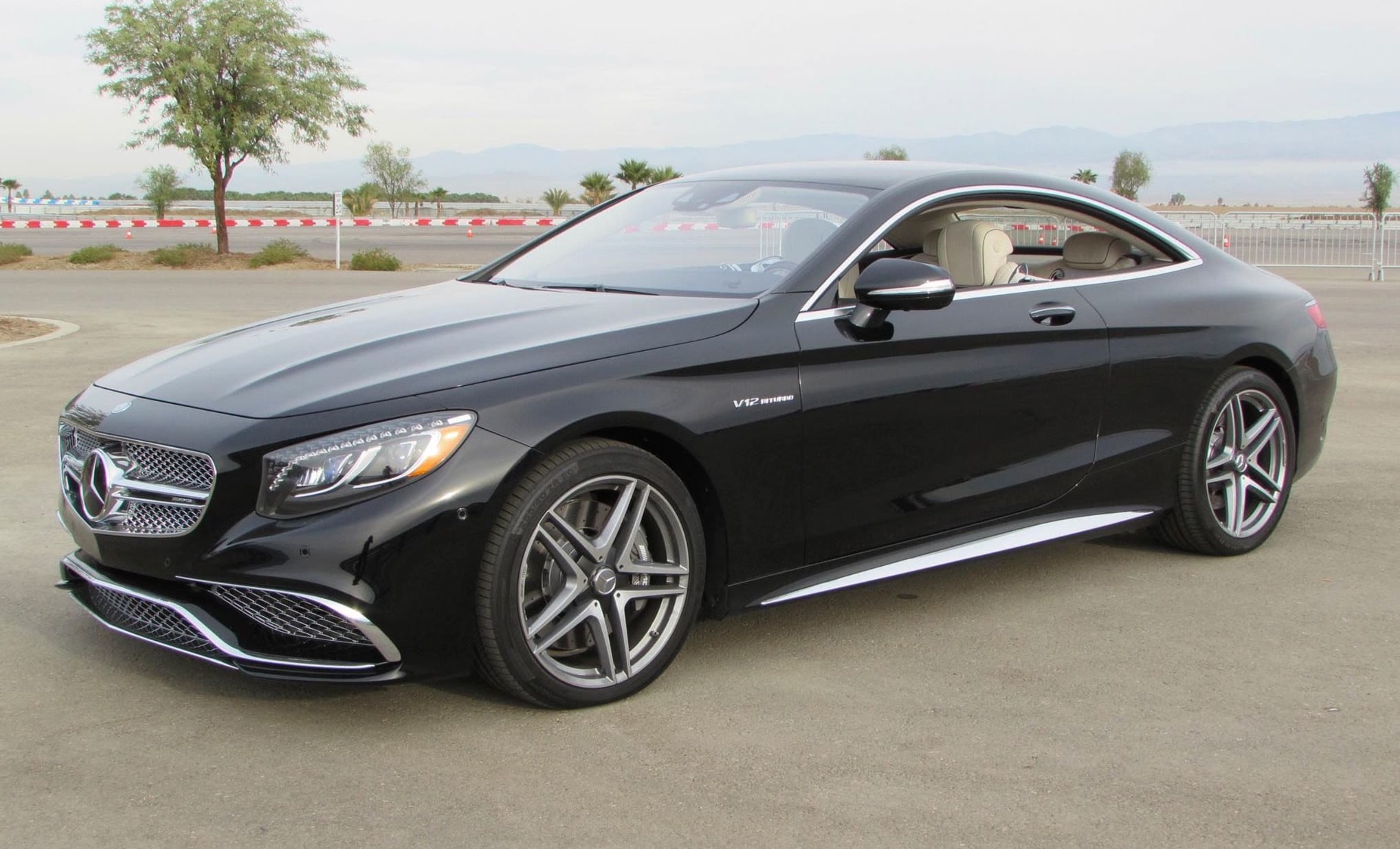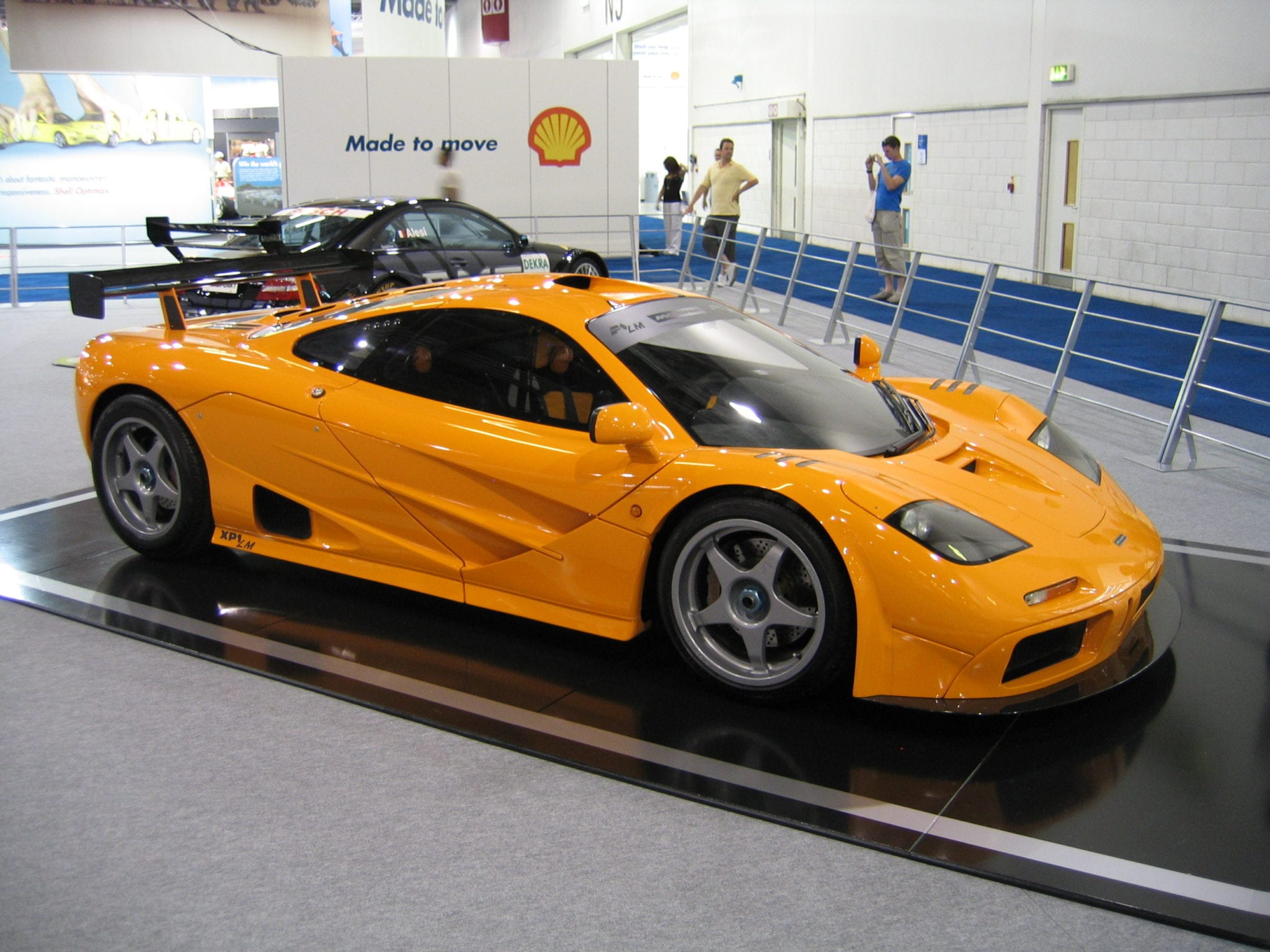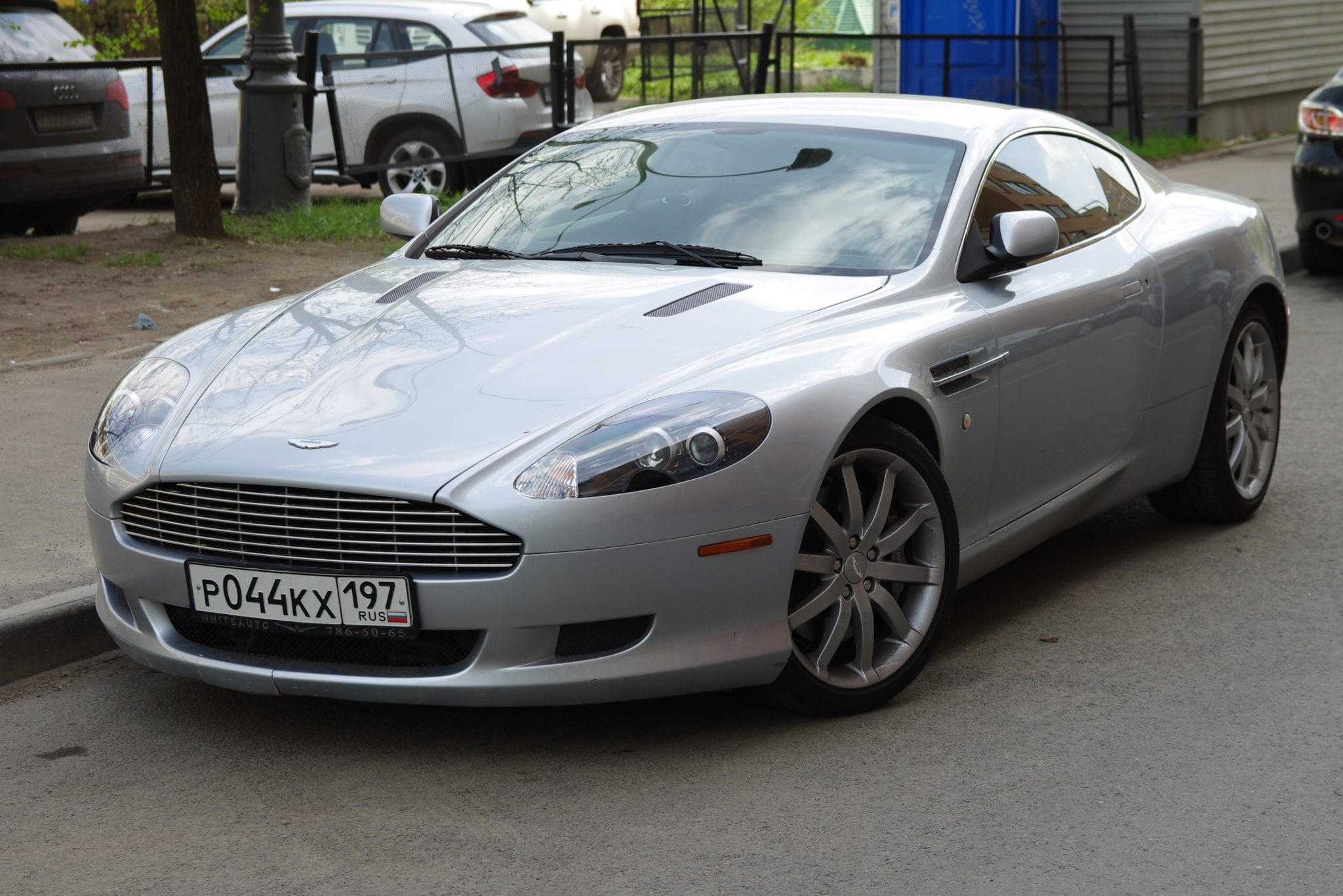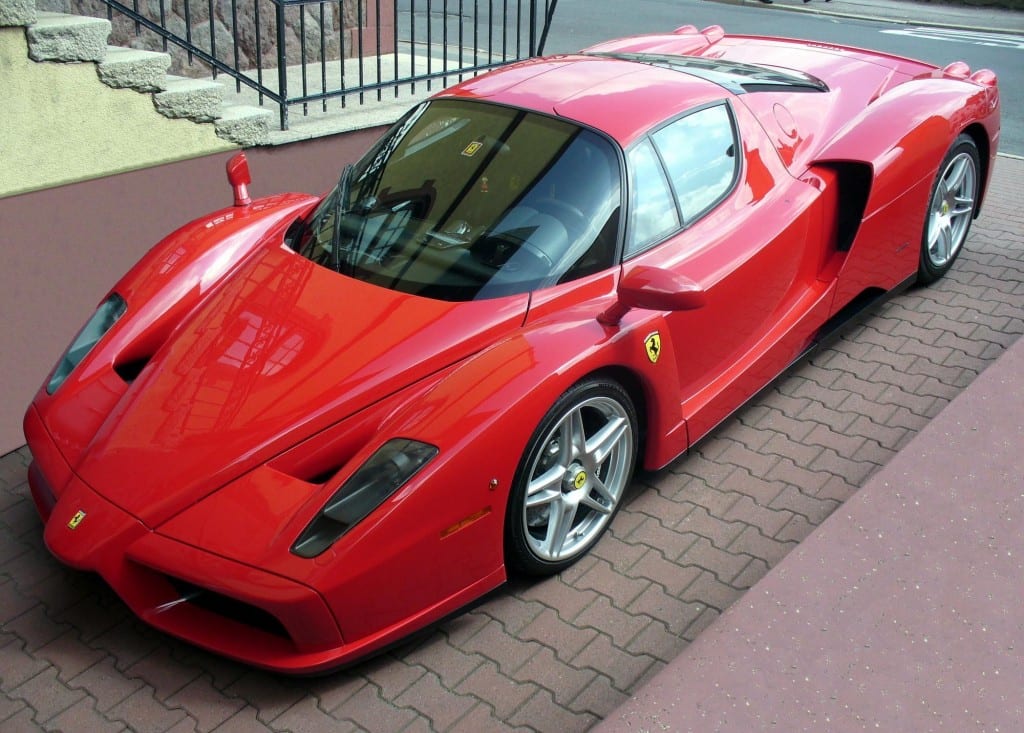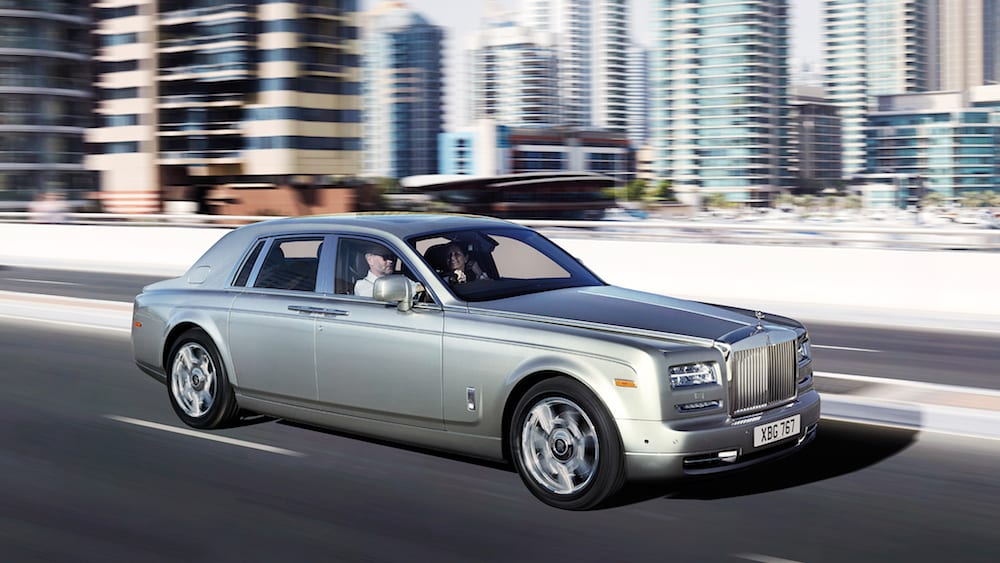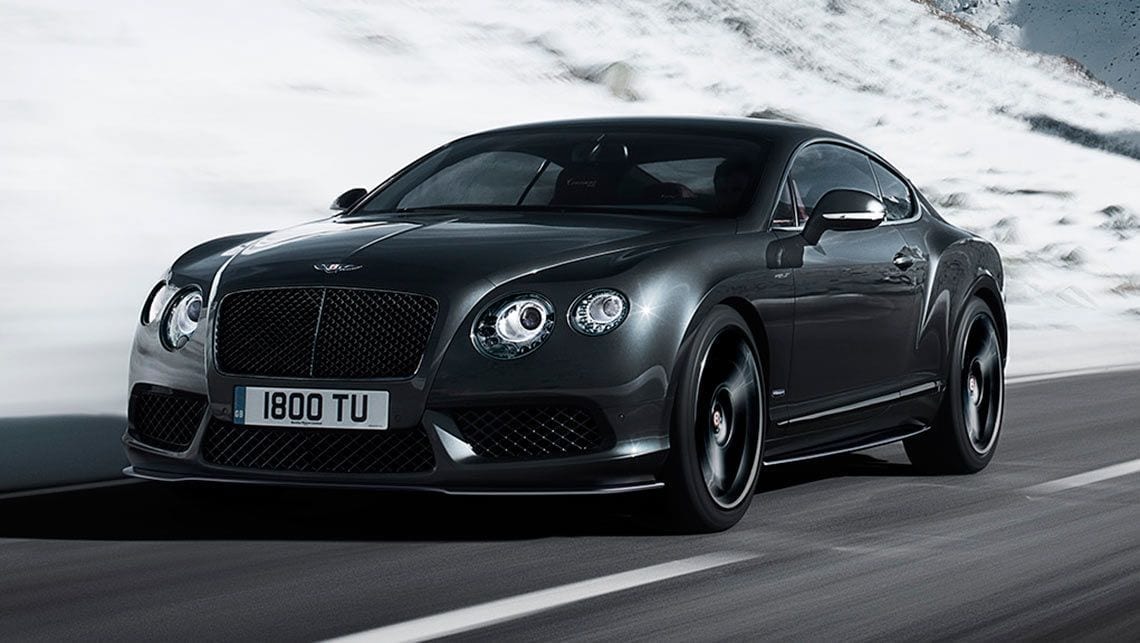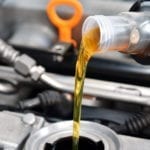When you buy a luxury automobile, you aren’t just buying the look. You are buying a sophisticated piece of machinery that was put together with the finest workmanship and that runs on the highest quality parts.
It’s not just the repairs or the new engine parts that will come with a higher cost. Even routine maintenance on some luxury vehicles can come with a high price tag. Even when you shop for deals on an oil change in Cincinnati, you could still pay several times more than the standard oil change for these vehicles.
Here are a few cars that have the most expensive oil changes and other maintenance tasks:
Mercedes S65 AMG (and CL65 AMG)
The S65 and CL65 AMG models both have a large, powerful V12 Bi-Turbo engine that requires special parts and technician expertise to service and repair. Fortunately, these cars have a reputation for reliable performance, so as long as you take care of them, you shouldn’t find yourself in the shop too frequently.
However, they will still cost you about $500 to $1,000 to maintain each year, and you’ll have to pay about $2,000 for your 30,000 mile service.
McLaren F1
This gorgeous car will cost you a pretty penny to maintain. The parts are both rare and expensive, and even routine maintenance tasks can take days to complete, sending the cost of labor sky high.
McLaren puts the cost of an oil change alone at $8,000. Even the best deals on an oil change in Cincinnati can’t make that affordable! Overall, the automaker says that annual maintenance costs will run you about $30,000. A new pair of tires alone will set you back $3,000.
Adding to the cost is that you have to send your F1 straight to the factory for some services — and the factory is in the U.K. Not counting the time it takes your car to be shipped there and back, service can take as long as six weeks.
The bright side is that the McLaren F1 is actually appreciating at a rapid pace. All that money you put into maintenance and repair will be more than worth it in the end.
Lamborghini LM002
You hear the name Lamborghini and know that anything associated with it is going to be expensive — but you might not realize how expensive. Only about 300 of this model were produced between 1986 and 1993, and they had a powerful V12 engine.
Replacing a single tire alone will cost you $5,000. We don’t even want to think about what a new timing belt would set us back.
Aston Martin DB9
The Aston Martin DB9 seems like a bargain compared to some of the other cars on this list. An oil change will cost you only about $400, and annual maintenance is estimated between $1,200 and $2,600.
Just make sure you do stick to the maintenance schedule. Any repair can set you back big money thanks to the car’s specialty engine and parts. A hose alone can cost as much as $1,600.
Renewing the warranty each year and stick to your maintenance schedule can save you thousands of dollars down the road.
Ferrari Enzo
Cars like the McLaren F1 and the Ferrari Enzo not only maintain their value over time, but they also gain value if you care for them properly. However, you’ll need to maintain careful service records to prove that you have provided the required maintenance.
You have to take the Enzo to a special service provider who has the expensive tools to accommodate it. For example, dealers are required to buy a $10,000 kit that includes a special scissor lift to do work on the Enzo. You can be sure that cost is getting past along to you in service bills.
Service also takes a long time, which sends up the cost of labor. For example, to refill the oil after an oil change, the provider has to add eight quarters of oil and idle the engine until it is warm. The engine has to be run at 4000 rpm for two minutes then allowed to idle for two minutes. The provider then has to add one quart of oil at a time until the tank is full.
Rolls Royce Phantom
The Rolls Royce is like the royalty of the car world, so it’s no wonder that maintenance is expensive for this model. An oil change alone can cost $650, and annual maintenance is estimated at $3,900.
Repairs are just as expensive. Some door parts cost $600 each, so we know that engine work would cost as much as a small sedan. It’s best to stick to the oil change and maintenance schedule to avoid the costly repair work and protect your investment.
Porsche Carrera GT
You may not need to get an oil change for every 15,000 miles with the V10 Porsche Carrera GT, but you will have to pay a lot when you do. A typical oil change costs $3,000. The cost is so high because service providers have to use special ramps to lift the car, as well as special fasteners to ensure that it doesn’t fall over during the service. An oil change also requires two specialty oil filters.
Other maintenance will also cost you a mint. A full brake job will cost $30,000, and replacing the ceramic clutch will run you about $25,000.
One reason that maintenance is so high is that dealers have to invest in special equipment to service the vehicle. For example, dealers have to have an $8,000 jig and a $10,000 table especially for the Porsche Carrera GT.
Bentley Continental GT
The Bentley is a popular car among celebrities and sports stars. Yet you may need the salary of a celebrity or sports star to own one. Oil changes alone for a Bentley Continental GT cost $500 for the year, and other required service runs about $1,400 to $2,500 per year. If you don’t need any repairs, you’ll pay about $3,200 per year just for the pleasure of driving this luxury model.
Of course, if anything breaks down on the Bentley Continental GT, you can expect to pay a premium. Better to stick with the maintenance schedule and take care while you’re driving to save yourself expensive repair bills.
Whether you own one of these super luxury vehicles or you drive a conservative sedan, regular maintenance such as timely oil changes is crucial to the health of your vehicle. Fortunately, if you drive a typical vehicle that you bought from a local dealership, chances are good that you won’t have to pay several hundred dollars or more for an oil change.
Sticking to the right schedule for your oil changes, tire rotation and other maintenance will lower your risk of repairs. A seized engine can cost as much as $10,000 to replace on an average vehicle. That cost only goes up with the cost of your car. If you drive a luxury vehicle, you could pay the cost of some mortgages to replace your engine.
We were scrolling back through some old articles when we came across the above and were shocked to realize that it had been almost four years since it was written. This of course got us thinking about the cost of high-end vehicle maintenance including and extending well beyond oil changes, and wondering if there were any other kinds of maintenance, repair or even specific vehicles that we might want to (re)visit.
A look at various costs associated with Ferrari ownership blew our mind. With major service costs ranging from $5,000-$10,000 and something as simple as brake pads costing almost $1500 per pad, it’s clear that it’s not the right lifestyle for everyone. And the deeper that we dug into the list of luxury, super, and hypercars that cost more to maintain than most people spend on a vehicle, we were faced with three thoughts.
The first might be best described as a mild depression at the realization that we may never find our way behind the wheel of any of the vehicles listed.
The second is that we wanted to play too, and immediately gave thought to which vehicles were likely to break the bank.
The third and final thought: how did we miss the Bugatti Veyron when the original article was written back in 2015?
Bugatti Veyron
With a price that falls in somewhere between $1.7 million and $2.7 million, the Veyron makes it instantly clear that the cost of maintenance isn’t something that most people will have to worry about in their lifetime. But what about the kind of normal scheduled maintenance required of any vehicle. Well, the cost of a standard service including an oil change for the Veyron comes in at around $21,000. Yes, you read that right. Twenty-one thousand dollars for an oil change and service. That means a bi-annual checkup for the Veyron will cost you over $40,000 a year.
But that’s not the only incremental cost to rear it’s ugly head, of course. Think of your own car, and how painful it is to cough up anywhere from $500-$1,000 whenever you need to throw new tires on it. Well, if the Veyron is parked in your garage the financial burden of replacing tires might prove slightly more painful. How painful? How does $40,000 sound? That’s right, it’ll cost you upwards of forty-thousand dollars to replace all four tires on your Veyron. That’s $10,000 per tire. And while that’s likely to be a drop in the bucket for most Bugatti owners, it’s a really hard pill to swallow for the rest of us.
And don’t even get us started on insurance. If you were rolling your eyes at the $40,000 cost of annual maintenance, or the cost of all-new tires coming in around $40,000, well the cost of insuring the Veyron comes in somewhere between $30,000 and $50,000 per year. Bottom-line, it’s nice to think about owning a car like the Veyron, but maybe it’s even nicer to think about driving one that belongs to somebody else.
Why is it so Expensive?
Well, to answer that question, let’s focus in on the oil change. Whether you’re driving the Veyron or a Chevy Spark, you’re relying on a machine’s ability to operate in an optimal fashion. Consisting of too many interconnected moving, metal parts to count it’s easy to appreciate the importance of lubrication, especially within the engine. Thus, oil changes are crucial to any motorized vehicle. But what is it about a car like the Veyron that makes a simple oil change such an indigestible expense?
First off, there’s a certain expense related to the prestige of certain brands. Simply put, the most exclusive offerings are likely to be serviceable be technicians who received their qualified from the automaker themselves. In other words, you’re not going to bring your Veyron to a quick-lube joint, or a local dealership simply because it’s convenient. The requirement (and exclusivity) of skilled specialists is one of the first factors in the increased cost.
And there’s the simple fact that you’re not throwing quarts of Quaker State 5W30 into the Veyron. Specialty engineering requires specialty performance oil (as well as other fluids specially designed to meet the unique demands of that vehicle).
But even more important is the fact that a simple oil change, which takes about 15 minutes on most vehicles, takes about 27 hours to complete when performed on the Veyron. Yes. 27 hours.
The dry-sump oiling system in the Veyron includes a total of sixteen drain plugs, accessible only after the car’s entire underbody has been removed. And when it’s time to replace the oil and check filters, the design of the Veryon demands the added removal of its rear fender liners and deck. It isn’t a choice. It isn’t a recommendation. It’s the only means of performing required services and helps to explain some of the less-less-obvious differences from your car, truck or SUV.
Supercars and Depreciation
Speaking candidly, this has all been a lot of information to digest. And if we’re being completely honest it has us thinking, if we had that kind of money, is such a car even worth having? We ask this because most vehicles are considered depreciating assets, and begin to lose value immediately. But it appears that modern supercars and exotic automobiles are proving more successful at bucking depreciation, and may not even lose a cent.
You might not be familiar with the name, but Hagerty Valuation. A study was performed auditing the valuation of 28 limited edition vehicles ranging from forty-year-old BMW to the most modern of supercars. The findings determined that most every older-model supercar was valued well-below it’s original MSRP, to the tune of up to 82%. That said, a Pagani Huayra produced in the last seven years could enjoy an increase of up to +21.64%, an impressive ROI for sure. And of course, names like Ferrari, Porsche and McLaren are some of the most recognizable, and commonly recurring automakers included in the assessment.
Brian Rabold, Vice President of Valuation Services at Hagerty explains, “The latest crop of supercars has bucked the trend and done well to either hold value or appreciate in the immediate years following their releases. A big reason is their exclusivity, as build numbers are very low and the ability to purchase one depends on having privileged status with the manufacturer. Ownership is often accompanied by a promise to hold the car or suffer the wrath of the manufacturer, which has kept the available supply low.”
But there is no guarantee of value retention among newer offerings, even from the same high-end automakers that proved prevalent among Hagerty’s findings. It really comes down to the individual circumstances surrounding the make, model, and year it was produced. From series numbering and exclusivity to the outside influence of market saturation, there’s no hard and fast rule.
But, the pattern of appreciation does seem to favor new supercars. So, if you ever do find yourself with the financial wherewithal to make such a purchase, it might be prudent to jump on it, and not simply hope to acquire one after it’s depreciated a bit.
Of course, you’re still going to have to pay to maintain it. So you might want to stop burning those stacks of $100 bills. You’re going to need it.
